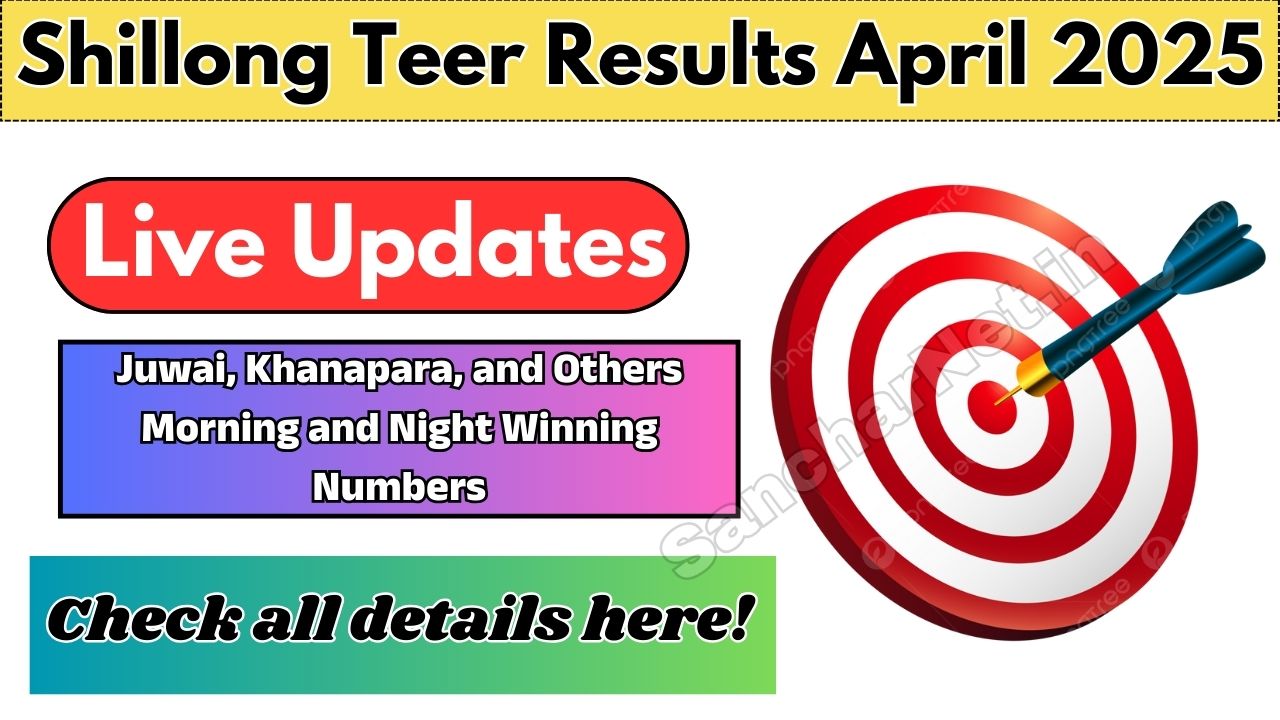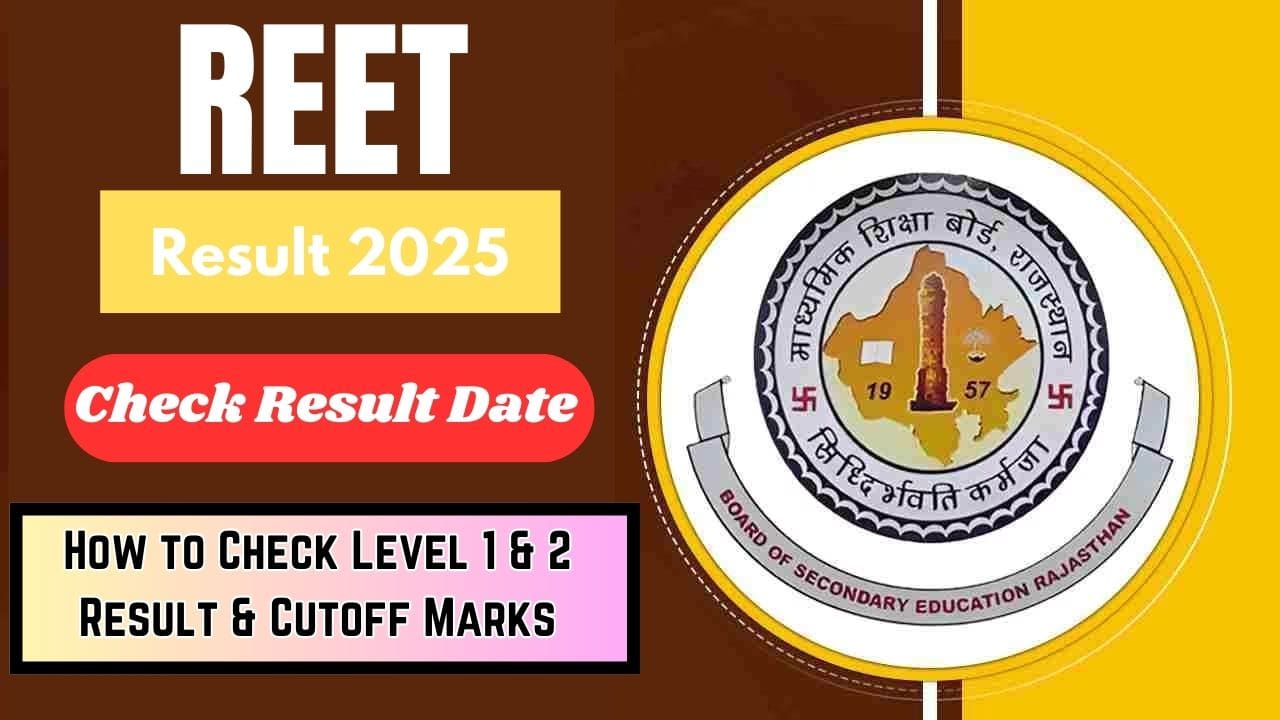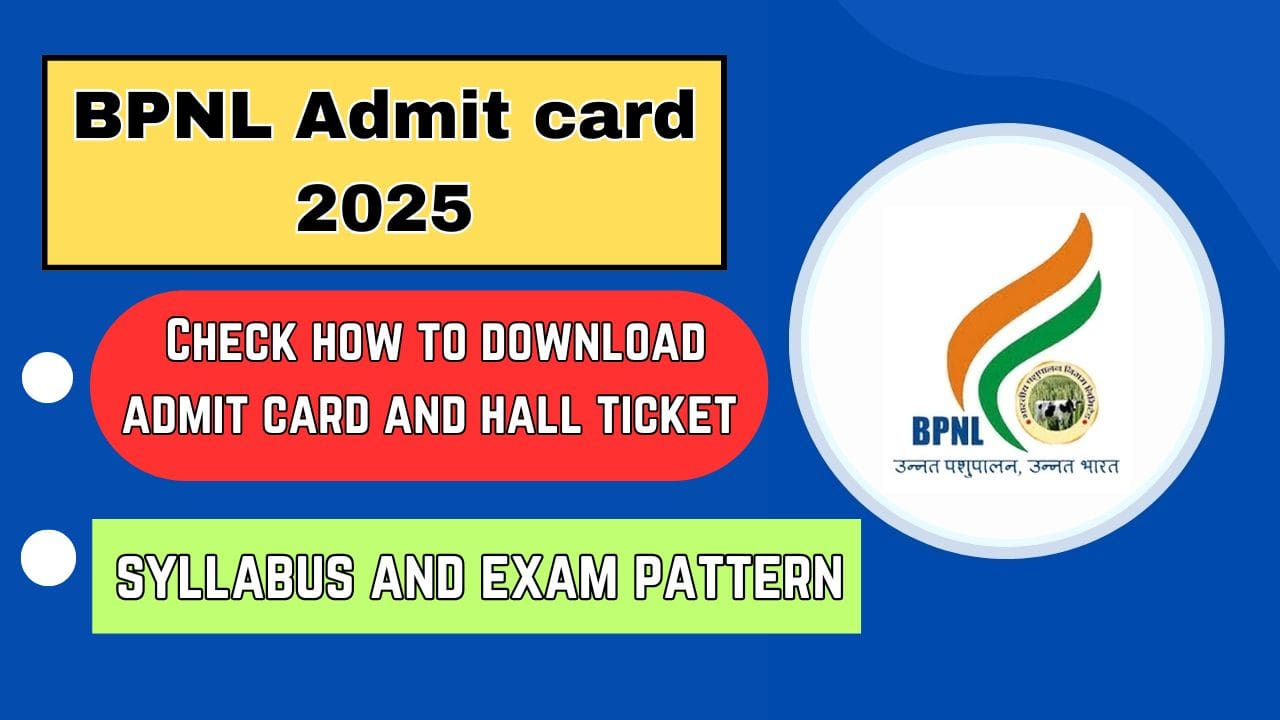$1702 Stimulus Check 2025: In a significant move to address ongoing inflation and cost-of-living pressures, the U.S. federal government has approved a one-time stimulus payment of $1702 in 2025. Designed to support low- and middle-income Americans, retirees, and veterans, this financial relief aims to ease the burden of rising everyday expenses.
Unlike previous pandemic-related stimulus programs, the $1702 relief check is not part of a recurring benefit but a targeted initiative. Backed by the Internal Revenue Service (IRS), Social Security Administration (SSA), and Department of Veterans Affairs (VA), the payment will be automatically distributed to eligible individuals who meet the criteria based on their 2024 tax filings.
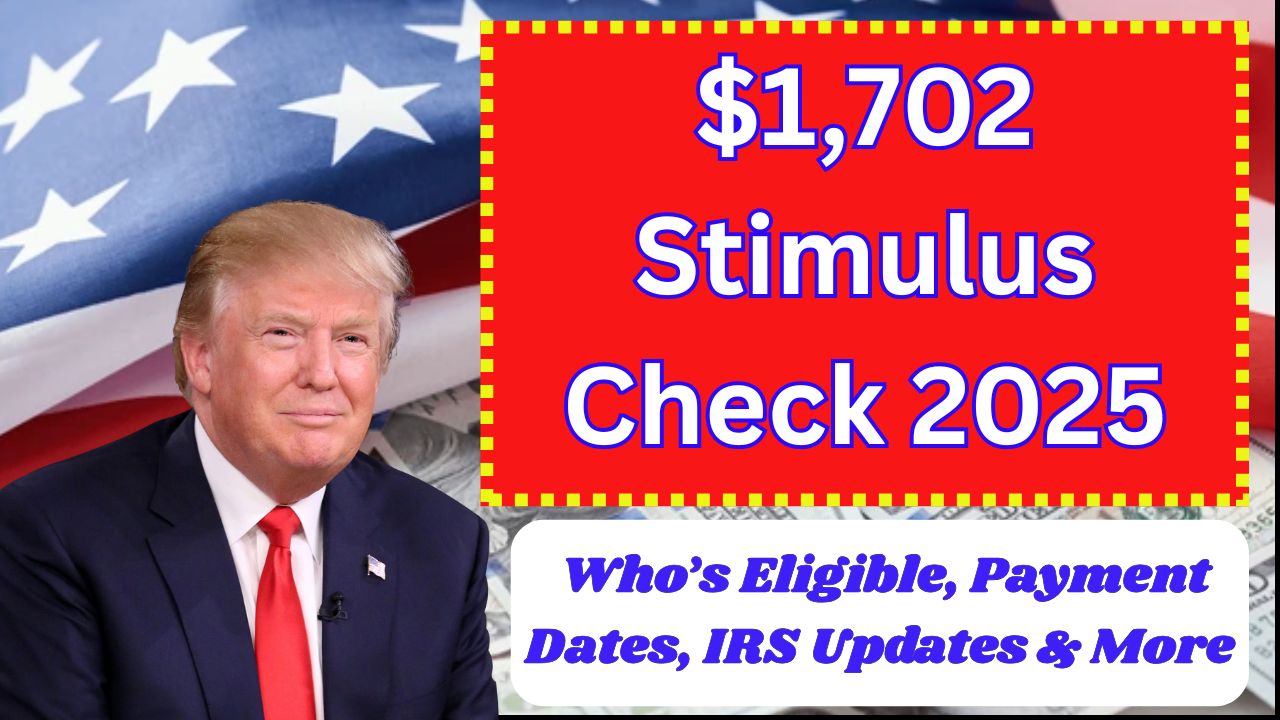
Purpose Behind the $1702 Stimulus Check in 2025
The 2025 economic stimulus payment of $1702 comes in response to ongoing financial hardships faced by millions of Americans. With inflation still impacting the price of groceries, utilities, housing, and healthcare, the government has introduced this one-time relief to provide immediate support.
The main goal is to deliver temporary but impactful financial assistance to individuals and households hit hardest by high living costs. Recipients are encouraged to use the funds to cover essential expenses such as rent, medical bills, loan repayments, childcare, food, and transportation.
Some Important of the $1,702 Economic Relief Payment
- One-time payment (not recurring)
- Distributed by the IRS, in collaboration with SSA and VA
- Targeted at low-to-moderate-income groups, retirees, and veterans
- Tax-free and does not affect 2025 federal tax refunds
- Additional funds may be available for dependents
- No separate application required (filing 2024 taxes is key)
USA Minimum Wage Increase in May 2025: New Rates and State-by-State Breakdown
$1390 Stimulus Payment in May 2025-Check Eligibility criteria!
Who Is Eligible for the $1702 Stimulus Payment in 2025?
The IRS will determine eligibility for the payment based on income, filing status, and residency. Here are the groups most likely to qualify:
1. Low and Moderate-Income Individuals
Individuals with an adjusted gross income (AGI) below the set threshold will qualify for the full payment:
| Filing Status | Estimated Income Limit |
| Single | Up to $75,000 |
| Married Filing Jointly | Up to $150,000 |
| Head of Household | Up to $112,500 |
Note: Those earning above these limits may receive a reduced amount or be phased out entirely.
2. Social Security Recipients
This includes those receiving:
- Social Security retirement benefits
- Supplemental Security Income (SSI)
- Social Security Disability Insurance (SSDI)
3. Veterans and Military Retirees
Eligible recipients of:
- VA disability compensation
- VA pension
- Survivor benefits or military retirement pay
4. Legal Residents and U.S. Citizens
- Must have a valid Social Security Number (SSN) or Individual Taxpayer Identification Number (ITIN)
- Must be a legal U.S. resident
5. Households with Dependents
- May receive additional funds for each qualifying child or dependent
- Income limits still apply to the total household
Is Filing a Tax Return Required to Receive the $1702 Check?
Yes, in most cases. To ensure eligibility and payment:
- You must file your 2024 federal tax return, even if you don’t typically file due to low income.
- Non-tax filers who receive SSA or VA benefits may be automatically eligible, but are encouraged to verify their details with the IRS.
- Individuals with outdated bank or mailing information should update it through the IRS portal.
How Will the $1702 Stimulus Be Paid in 2025?
The IRS will send out payments in three primary methods:
| Method | Details |
| Direct Deposit | Fastest method. Sent to bank accounts on file with IRS or SSA. |
| Paper Check | Mailed to the address on your 2024 tax return if no bank details are available. |
| Prepaid Debit Card | Distributed to those without bank access or mailing discrepancies. |
Estimated Timeline: When Will the $1,702 Payments Be Sent?
While official dates are still pending, the IRS has provided a general outline for the rollout:
Early 2025: Direct deposits begin
For individuals with valid banking information on file.
Mid-2025: Paper checks mailed
Recipients without direct deposit will receive printed checks by mail.
Late 2025: Prepaid debit cards issued
Individuals who haven’t received their checks or deposits may get EIP (Economic Impact Payment) cards.
$5000 Stimulus Check from DOGE – Check who will qualify?
New R50 and R100 Banknotes Announces By SARB In 2025: All You Need to Know
How to Claim Your $1702 Stimulus Check
Here’s a simple checklist to ensure you don’t miss out:
1. File Your 2024 Taxes on Time
Even if you earned little or no income, filing a tax return will help the IRS confirm your eligibility.
2. Update Your Direct Deposit Info
Make sure your banking information is current with the IRS.
3. Check Your Eligibility
Use the IRS portal or consult a tax professional if you’re unsure.
4. Track Your Payment
If reactivated, the “Get My Payment” tool on IRS.gov will allow you to monitor the status of your stimulus.
5. Avoid Scams
The IRS will never call or email asking for personal or banking info. Visit only official websites for updates.
Will the Stimulus Affect My 2025 Tax Refund?
No. The $1702 payment is a refundable credit, meaning it will not reduce your refund or count as taxable income. It also won’t affect other federal benefits like SNAP, Medicaid, or housing assistance.
What to Do If You Don’t Receive the Payment
If you believe you’re eligible but haven’t received the payment by late 2025, take the following steps:
- Check IRS Payment Tracker (if available)
- Contact the IRS directly or use the Taxpayer Advocate Service
- File a “Recovery Rebate Credit” when submitting your 2025 tax return (if eligible)
FAQs: $1702 Stimulus Payment 2025
What is the purpose of the $1702 stimulus check?
To provide one-time financial relief to qualifying Americans amid economic instability and inflation in 2025.
Who qualifies for the stimulus check?
Individuals with low to moderate income, Social Security and VA benefit recipients, tax filers with dependents, and legal U.S. residents.
When will payments be sent?
Payments will be sent in three phases—early (direct deposit), mid (checks), and late 2025 (debit cards).

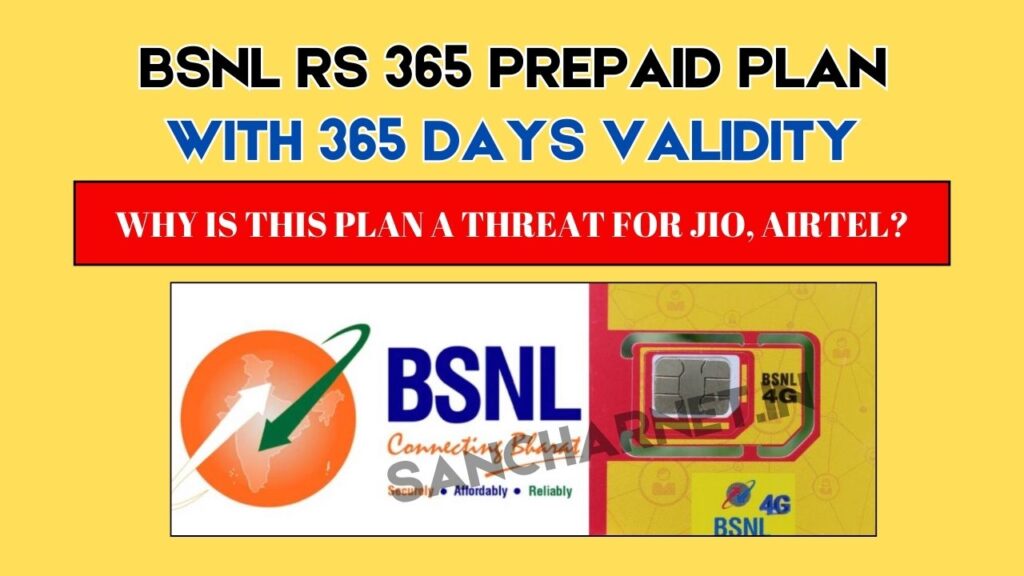
![Assam Circle Offers New Super Saving Plans- Family pack and Jeevan Sathi plan 2025 [Complete Guide] 3 Assam Circle New Super Saving Plans](https://sancharnet.in/wp-content/uploads/2025/02/Assam-Circle-New-Super-Saving-Plans-1024x576.jpg)

